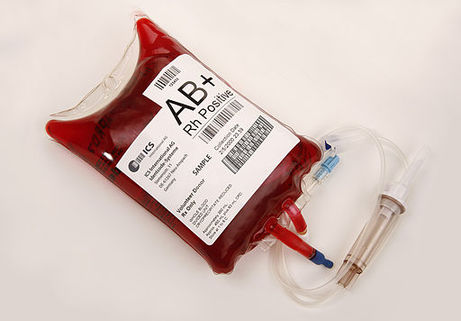| While many facets should be addressed in managing hypothyroidism, one of the most important continues to be a gluten-free diet. Research shows ninety percent of hypothyroidism cases are due to an autoimmune disease that attacks and destroys the thyroid gland. This disease is called Hashimoto’s. Most doctors do not test for Hashimoto’s because it does not change treatment, which is thyroid medication. Also, many cases of hypothyroidism go undiagnosed because Hashimoto’s can cause the lab marker TSH to fluctuate. |
Going off gluten is the first step with Hashimoto’s
Studies, clinical observation, and patient stories make a very strong case for the benefits of going gluten-free to better manage your Hashimoto’s hypothyroidism symptoms.
A number of studies for several countries show a link between Hashimoto’s and gluten. This is because the protein structure of gluten closely resembles that of thyroid tissue. When your immune system reacts to gluten, it may start erroneously reacting to thyroid tissue as well. This will cause the immune system to attack and destroy thyroid tissue in a case of mistaken identity.
Studies also show patients improve on a strict gluten-free diet. One study showed as many as 71 percent of subjects resolved their hypothyroid symptoms after following a strict gluten-free diet for one year.
Why you may need to stop eating other foods too
Sorry to say, going gluten-free alone doesn’t always work. Many people with Hashimoto’s hypothyroidism also need to go dairy-free. Dairy, whether it’s cow, goat, or sheep, is the second biggest problem food for people with Hashimoto’s hypothyroidism.
Many people simply have an immune intolerance to dairy and aren’t aware of it until they stop consuming it. However, in an immune sensitive individual, the body may also mistake dairy for gluten and trigger an immune reaction that ultimately ends up targeting the thyroid.
For those serious about managing their Hashimoto’s hypothyroidism, a gluten-free and dairy-free diet frequently results in profound alleviation of symptoms, if not total remission.
Many find they may need to eliminate additional foods, such as certain grains, eggs, or soy. An elimination/provocation diet can help you figure out what your immune system reacts to, or a comprehensive food sensitivity tests.
What is there left to eat?
If you’re used to eating without restrictions, eliminating gluten, dairy, and possibly other foods to manage your Hashimoto’s hypothyroid symptoms may seem overwhelming and too restrictive. Many people are left wondering, what is left to eat?
Rest assured there is more than enough to eat. Most people fare well on a paleo diet that is primarily vegetables (a diverse array of plenty of vegetables helps create the healthy gut bacteria that improve immunity.)
More importantly, symptoms and general health improves so dramatically that people come to love their new diet and despise the way they feel after they cheat.
Ask my office for more information about implementing a gluten- and dairy-free diet. I am not going to say that it is easy, but I will say that it is not hard to change your eating plan. And once your health improves you will be rewarded time and again.



 RSS Feed
RSS Feed